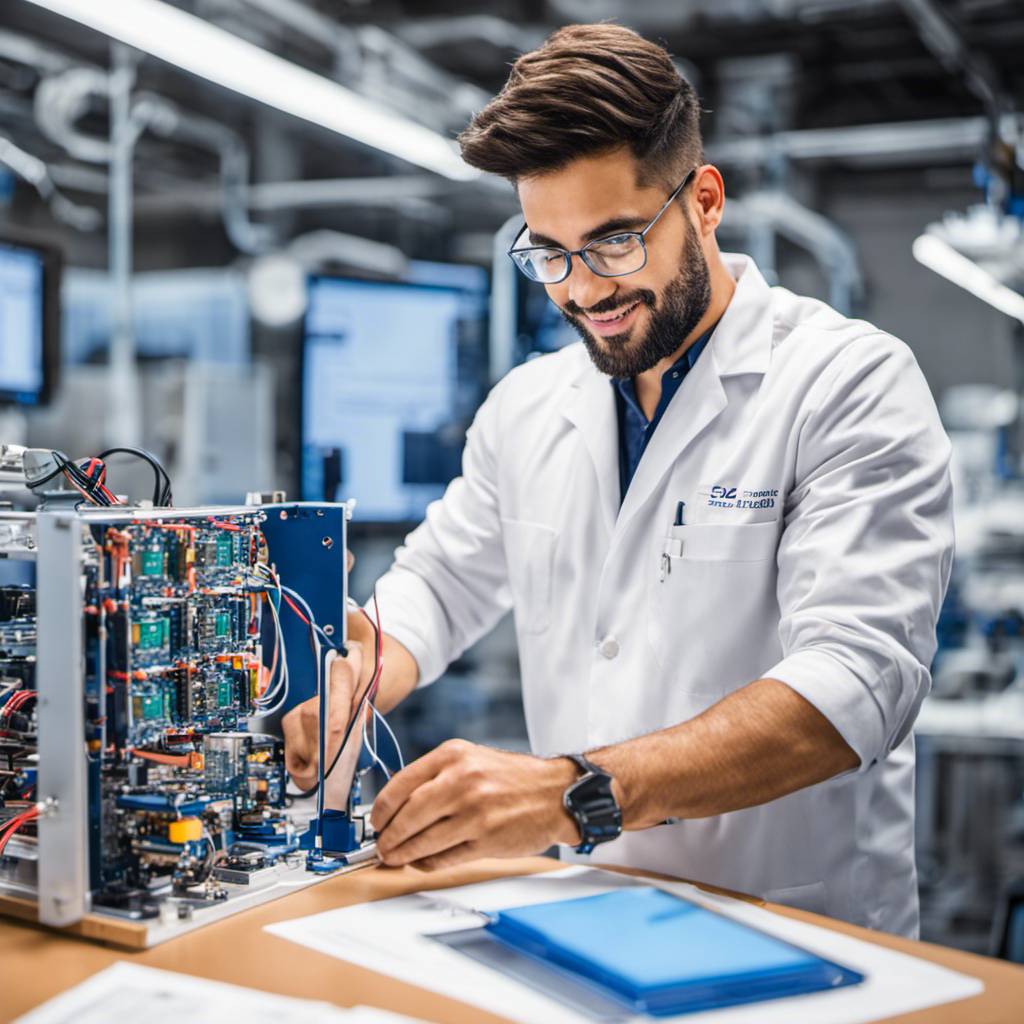In the realm of electronics and energy storage, engineers are constantly striving to create devices that are not just functional, but also efficient and compact. Now, imagine if your smartphone’s casing was not only a protective shell but also a source of power, or if the doors and floorboard of your electric car stored energy to fuel its journey. This might sound like science fiction, but it’s a future that researchers at the University of California San Diego (UC San Diego) are working towards.
These engineers have designed a novel device called a structural supercapacitor. This innovative technology not only provides structural support but also doubles as an energy storage unit. This dual functionality could enhance the power of electronic gadgets and vehicles without adding any extra weight, thereby extending their lifespan on a single charge.
The concept of structural supercapacitors isn’t entirely fresh, but it has always been a complex task to develop a device that is equally adept at bearing mechanical loads and storing electrical energy efficiently. Traditional supercapacitors excel at energy storage but lack the robustness to function as structural components. Conversely, structural materials are sturdy enough to provide support but don’t perform well in terms of energy storage.
However, the team of engineers at UC San Diego, led by Professors Tse Nga (Tina) Ng and Xinyu Zhang from the Department of Electrical and Computer Engineering, have managed to bridge this gap. They have successfully developed a structural supercapacitor that balances both these aspects, as reported in their recent publication in Science Advances.
In the world of computers and programming languages, coding efficiency is paramount. Similarly, in the development of this structural supercapacitor, efficiency was a key focus. The team aimed to create a device that could store energy without compromising on its mechanical strength. This new development could revolutionize how we think about energy storage and structural design in electronics.
The implications of this research are far-reaching. For instance, in the world of consumer electronics, smartphones and laptops could be designed with structural supercapacitors, making them lighter and more efficient. This could lead to longer battery life and improved performance, a boon for users who rely heavily on their devices.
In the automotive industry, electric cars could benefit significantly from this technology. The incorporation of structural supercapacitors into components such as doors and floorboards could lead to lighter vehicles with extended driving ranges. This would not only improve the overall performance of the car but also contribute to making electric vehicles a more viable and sustainable option for the future.
This breakthrough in the development of structural supercapacitors is a testament to the power of innovative engineering and coding. It is a reminder that in the realm of electronics and technology, the potential for advancement is limitless. The work of these engineers at UC San Diego has paved the way for more efficient and sustainable electronic devices and vehicles, and it will be exciting to see where this technology takes us in the future.
